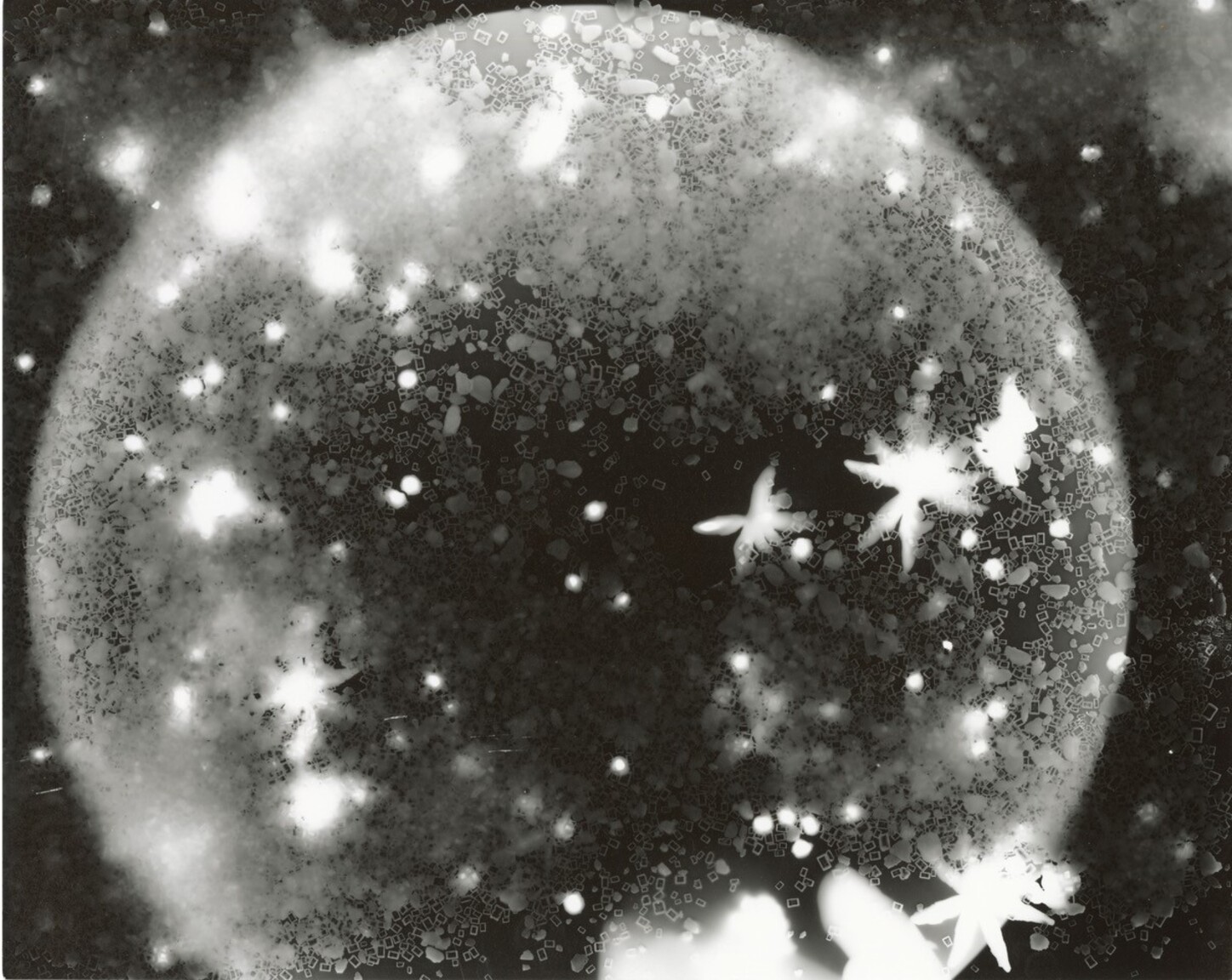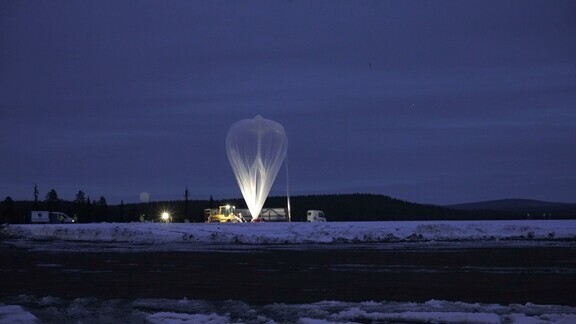Midtevaluering

Midterm evaluation: Jenny Perlin
PhD fellow Jenny Perlin presents her doctoral artistic research project Eureka.
Midterm date and time
- March 21, 2024 12:00-15:00
- Location: ROM for kunst og arkitektur, Maridalsveien 3, Oslo
- Supervisor: Saskia Holmkvist
- Opponent: Salomé Lamas
Midterm schedule
- 12:00: Coffee, exhibition walkthrough
- 12:30: Welcome and introduction by Saskia Holmkvist
- 12:45-13:30 Presentation by PhD fellow Jenny Perlin
- 13:30-13:45 Break
- 13:45-14:30: Discussion between respondent and PhD fellow
- 14:30-15:00: Questions and responses from the public
Project title: Eureka
What is “near space?” It is not earth, it is not outer space. It is overlooked, imagined as empty, a place to traverse on the way to orbit or to fall through on the way back to the ground.
My research focuses on the poetics of the stratosphere, a space considered empty, devoid of much of anything, a space to get through on the way somewhere else. But the stratosphere is also a space that operates on its own terms and is the site of contentious exploration and potential exploitation. Not with rockets, but with balloons.
While I am a visual artist working primarily in film, my research is interdisciplinary and draws on investigations into literature, history, and scientific fields. At the same time, I use drift, play, imagination and projection in my approach to research.
My project focuses on literary and historical attempts to escape the surface of the earth together with contemporary methods being attempted to decode the upper reaches of our atmosphere, an uncontrollable space without clear boundaries or borders. The project’s concepts are bookended by two texts written by the 19th century American author Edgar Allan Poe. The first is a short story imagining the possibility of a balloon flight to the moon and the second is a scientific and literary essay called “Eureka” in which he claimed to have discovered the origins of the universe.
I am exploring representations of balloon flight in the early 19th century together with 21st scientific understandings of the stratosphere via experiments sent up on stratospheric balloons. This research connects not only with issues of escape, mapping, and surveillance but also with climate change and its catastrophic effects. Since 2022, I have been filming, interviewing, and writing around these histories and in the field. My fieldwork, in the form of documentary video and interviews at the Esrange Space Center, Kiruna Sweden, is combined with analog practices such as pinhole photography, photograms, and 16mm film. This material, along with nonfiction writing, allows a range of approaches to a space that resists completion.
Eureka both outlines historical and contemporary methods used to try and control an “unruly” space and imagines a poetics the stratosphere might trace on its own terms.
Bio
Jenny Perlin makes 16mm films, videos, and animations. Her films work with and against the documentary tradition, incorporating innovative stylistic techniques to emphasize issues of truth, misunderstanding, and personal history. Her projects look closely at ways in which social machinations are reflected in the fragments of daily life. In addition to her work as an artist and educator, Perlin is director of The Hoosac Institute, a platform for artworks that don't fit conventional disciplinary narratives.
https://www.jennyperlinstudio.com/
https://hoosacinstitute.com/
https://beyondplace.substack.com/
https://khio.no/ansatte/jenny-perlin
